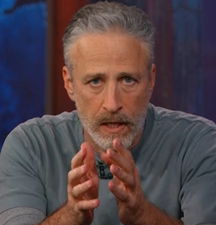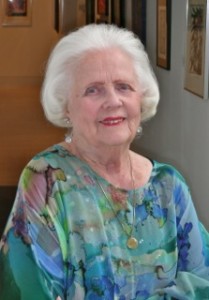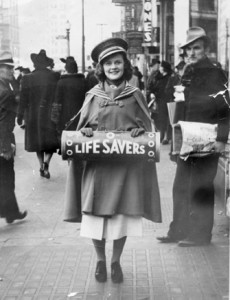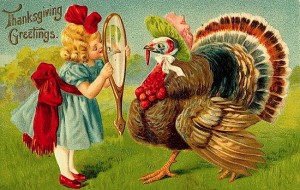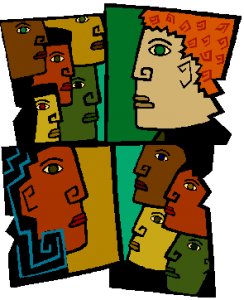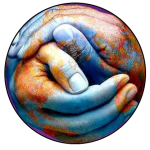 It’s early Saturday morning. I have just three items to purchase at Aldi. Easy in and out. Except today there is just one cashier, with two people ahead of me in line. Well, I think to myself, it’s still early. I have enough time to get my errands done.
It’s early Saturday morning. I have just three items to purchase at Aldi. Easy in and out. Except today there is just one cashier, with two people ahead of me in line. Well, I think to myself, it’s still early. I have enough time to get my errands done.
A petite older woman, around 80, standing in front of me in line turns around, sees that I have just a few items, and says “Go ahead of me.” “Are you sure?” I ask. “Yes, you just have a few things and it will take me a while to unload my cart,” she says. “Thank you,” I reply. I set my three items down, put a divider between my items and hers and turn to her and say, “Well, then, let me help you unload your cart.” “Oh, thank you so much,” she says. “It looks like you’re going to be doing quite a bit of cooking this weekend,” I say. “Oh yes,” she replies. In less than a minute, her cart is unloaded. Teamwork at work. Generosity at work. Appreciation at work.
She begins to explain how she cooks for her son and daughter-in-law every weekend, and she takes meals to their home. They both work, and her daughter-in-law doesn’t come home until about 8:00 every workday evening. She says she loves to do this for her son and his wife because they are very busy.
This eighty-something woman, living on a fixed income, is cooking for her son’s family. I was so struck by her generosity. It’s that generation, though. Hard work. Determination. Family. All are typical values of the Silent Generation, those people who lived through the Great Depression and World War II, my parents’ generation.
My chance encounter with this woman made me think about reciprocity. She helped me by letting me go first. I helped her by unloading her cart. I started a conversation and she reciprocated. We spent just a few minutes together, and it was a pleasant, memorable experience. You can ask yourself the same questions I asked myself: Who else can I help? What talents and skills can I use to help others in need? ‘Tis a New Year approaching…



